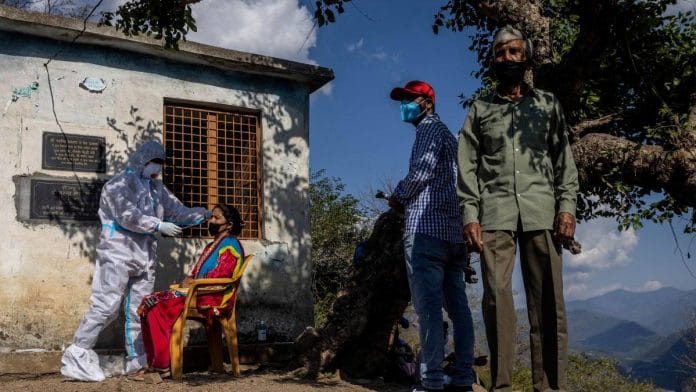Manila: The coronavirus pandemic and rise in cost of living have pushed close to 70 million more people in developing Asia into extreme poverty as of last year, the Asian Development Bank said, eroding efforts to combat deprivation.
In a new report released on Thursday, the ADB said an estimated 155.2 million people in developing Asia, or 3.9% of the region’s population, lived in extreme poverty as of last year, 67.8 million more than would have been the case without the health and cost-of-living crises.
Developing Asia consists of 46 economies in the Asia-Pacific and excludes Japan, Australia and New Zealand.
“Asia and the Pacific is steadily recovering from the COVID-19 pandemic, but the increased cost-of-living crisis is undermining progress toward eliminating poverty,” said ADB Chief Economist Albert Park.
Extreme poverty is defined as living on less than $2.15 a day, based on 2017 figures.
Inflation in most countries has soared to multi-year highs last year, driven by a rebound in economic activity and a surge in supply chain disruptions.
Price increases affected everyone but poorer people were hit the hardest because they had to spend more on food and fuel, making it difficult for them to save money and pay for essentials including health care and education.
“By strengthening social safety nets for the poor and fostering investment and innovation that creates opportunities for growth and employment, governments in the region can get back on track,” Park said.
Developing Asia was on track to grow 4.8% this year from a year earlier, faster than the previous year’s 4.2% expansion, the ADB said in July.
But while economies in developing Asia were expected to make progress in addressing poverty, the ADB said 30.3% of the region’s population, or about 1.26 billion people, will still be considered economically vulnerable by 2030.
(Reporting by Karen Lema; Editing by Lincoln Feast.)
Disclaimer: This report is auto generated from the Reuters news service. ThePrint holds no responsibilty for its content.






